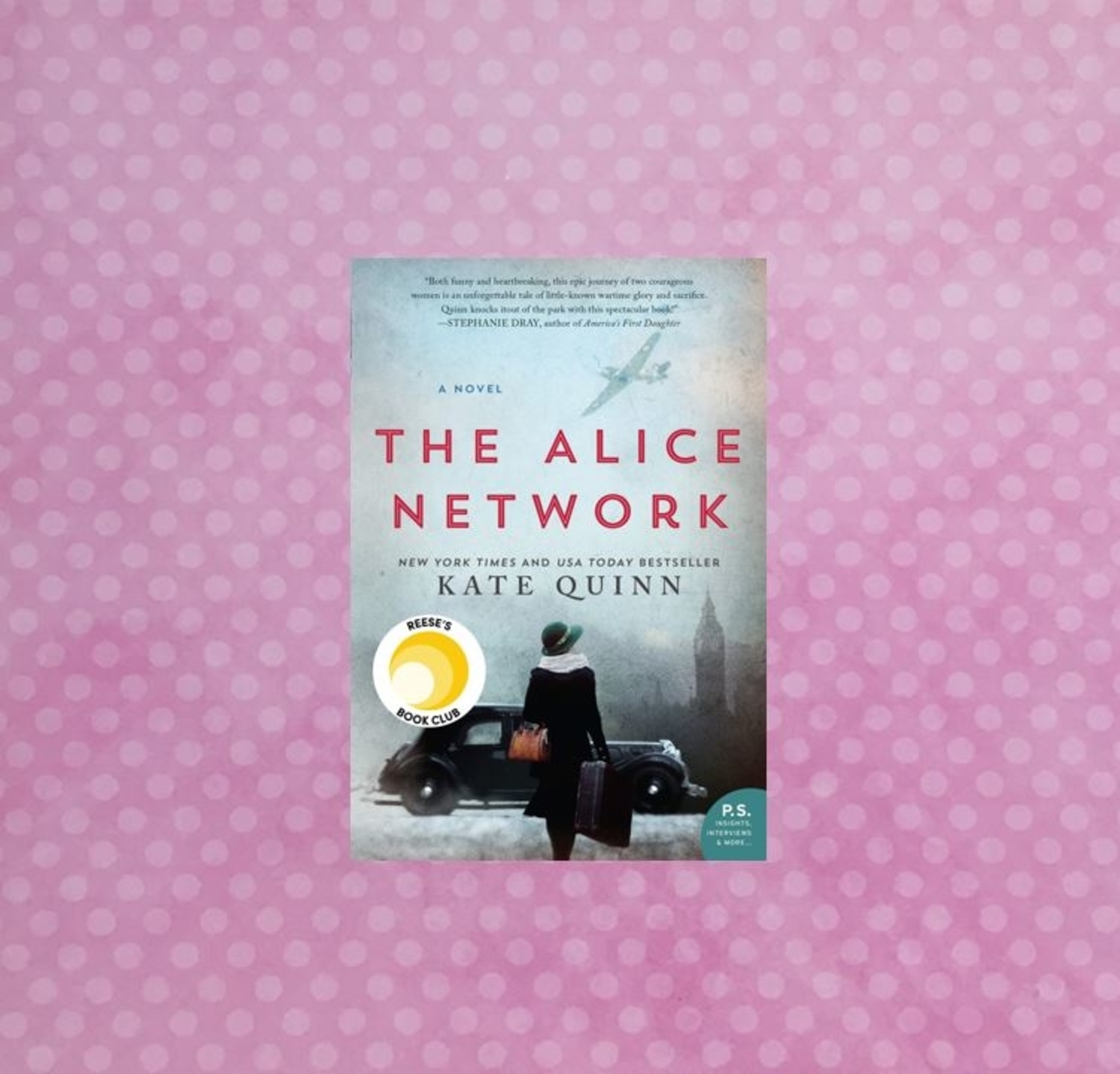

Louise Marie de Bettignies was a French nurse turned allied spy during World War I. But to go with a cookie-cutting historical romancer who plops her stock characters in any given period, distinguishes them with a bit of Google Translate, a few secondarily-sourced facts and anachronistic language lipsynced from a Lifetime Television script isn’t the way to honor either that forgotten war or the pleasures of reading. There’s excellent literature on World War I out there, contemporary or classic–Pat Barker, Erich Maria Remarque ( The Road Back, less known but in many ways more powerful and current than All Quiet), Robert Graves’s memoir, Ford Madox Ford, even Mark Helprin.

Commendably, the Flagler Reads Together committee wanted to commemorate World War I on its final year’s centennial. Flagler Reads Together sometimes makes us read books we’d never pick up otherwise.įor me that goes for this year’s choice, Kate Quinn’s The Alice Network. The chosen books over the years have been fiction and non-fiction, as local as Jack Clegg’s history of Flagler County for last year’s county centennial, as universal as Bradbury’s Fahrenheit 451, and as double-taking as Bill O’Reilly’s surprisingly tolerable Killing Kennedy. Everything, in that Flagler Reads Together, the wonderful annual, March-long communal reading program Mary Ann Clark started with “ To Kill a Mockingbird” 18 years ago, is about reading without borders. Nothing, if you think the local, the current, and that unfortunate selfie of our narcissistic culture, the “relatable,” are the only reasons to read a book. What has an obscure French spy who worked for the British for a year in World War I and died in 1918 got to do with Flagler? Nothing and everything. But the cameo exemplifies the many problems in the book. The town makes a cameo in Kate Quinn’s ‘The Alice Network,’ this year’s choice for Flagler Reads Together. The French government has since let the town stand as a memorial.

The town of Oradour-sur-Glane toward the southwest of France was demolished and its more than 600 inhabitants massacred by the Nazis in 1944.


 0 kommentar(er)
0 kommentar(er)
